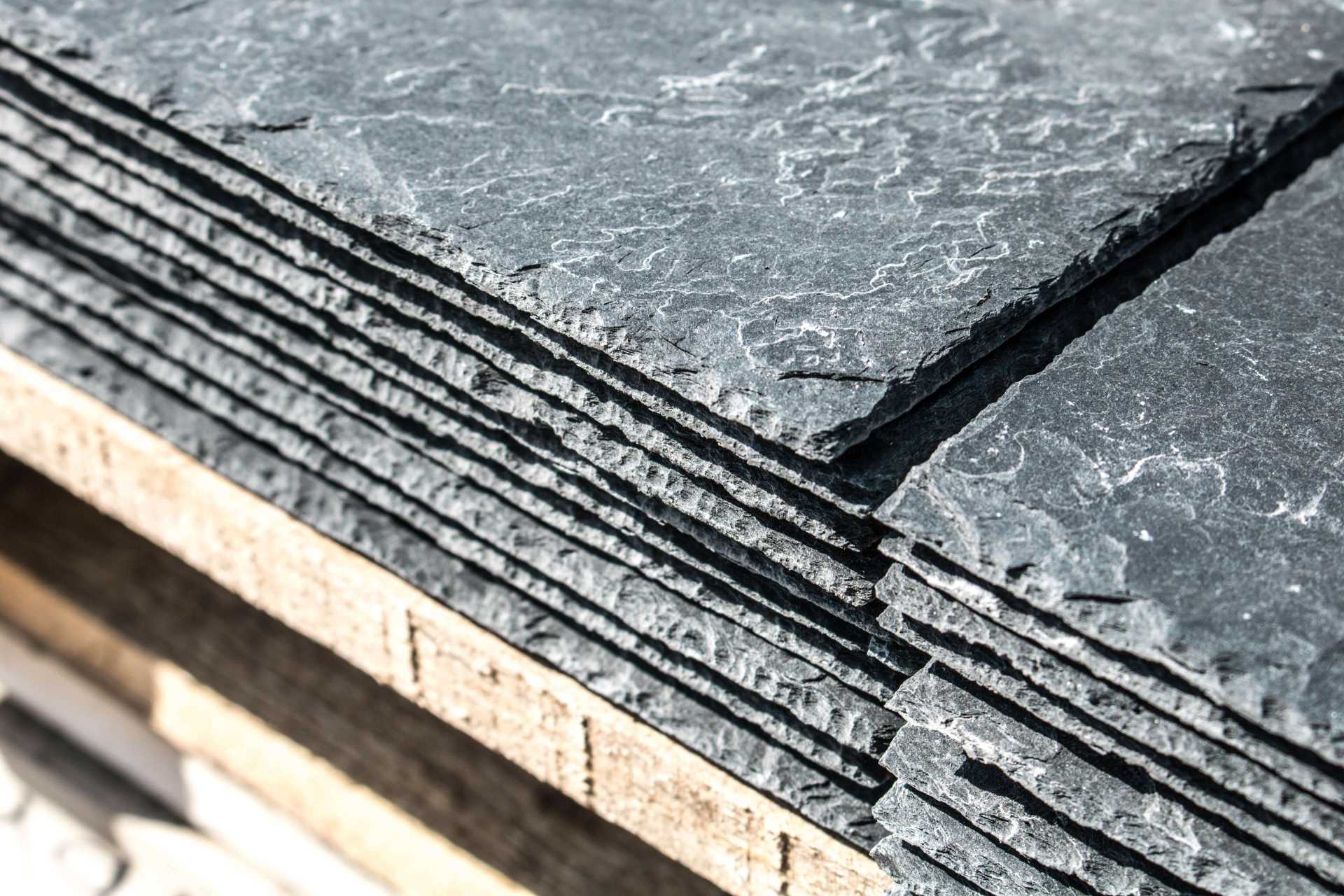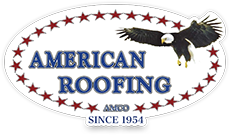
The roofing system of your home protects you and your loved ones from all of the elements—snow, rain, scorching sunshine, wind damage, and forms of extreme weather. They also provide protection for all of our belongings—everything we house in our homes, from furniture to books to appliances like the TV and washer/dryer.
In a very real sense, roofs allow us to live our lives inside. We rely on roofing so much that it makes sense to learn more about it. To start, did you know that your roof is made up of more than just shingles? In fact, the underlying layer beneath your shingles, known as roofing felt, roofing paper, or underlayment, plays a large role in the proper function of your roof.
What Is Roofing Felt?
Roofing felt is a water-resistant layer that acts as a barrier between your roof deck and the elements. It’s installed directly onto the roof deck. Roofing felt paper is made from a natural base layer of materials, most commonly either out of wood cellulose or polyester/fiberglass. After it is initially established, it is then coated in a protective asphalt layer known as bitumen.
Is roofing felt waterproof? Not entirely. This layering process does make the underlayment water-resistant, but it does not completely waterproof it.
What Is Roof Felt Used For?
The roofing felt underlay is not always considered an absolutely necessary component of your roofing system; however, it does act as a moisture barrier from rain and other types of weather. Shingles are the first line of defense against the elements, but they don’t always catch everything.
Shingles overlap one another and aren’t sealed on the corners. If a strong enough wind is blowing during a rainstorm, you could find water seeping into your home through areas on your roof. Shingles also become brittle and less able to protect your house as they age. That’s why having another layer of protection from roofing felt underneath is so vital.
Installing roofing felt is a good idea if you live in areas with lots of snow and ice, which can cause ice dams on roofs, leading to saturated roof decks. Without roofing felt, that buildup of water would seriously damage a roof.
Different Types of Roofing Felt
As it happens, there are a few different roofing underlayment options you can consider, a couple of which aren’t even made of felt. Some are more readily installed than others.
- Felt: Black, traditional, asphalt-saturated, and most commonly used in residential housing projects, this is often referenced as the standard for roofing paper. It comes in two levels of thickness: 15 lb and 30 lb.
- Combination Wood Structural Panel and Underlayment: These are integrated wood structural sheathing panels with a built-in moisture-resistant barrier. It represents a two-in-one option that is quickly becoming very popular.
- Synthetic: Synthetic roofing felt offers greater water resistance than regular felt underlays and is UV-, insect-, and rot/fungus-resistant as well. This option is a little more expensive than traditional felt.
- Peel-and-Stick Materials: This type of roof underlayment has a peel-and-stick back that allows for easier roofing felt installation. These are more commonly used in areas that don’t have a lot of precipitation or snowfall.
Roofing Felt: 15 lb vs 30 lb
There are two different grades of roofing felt that have been used throughout the history of roofing. They are separated by weight: 15 pounds per hundred square feet and 30 pounds per hundred square feet. The 15 lb felt was typically used on lighter projects, while the 30 lb felt was put on more heavy-duty projects.
Today, the actual weights of the types have changed, but the categories and their benefits remain. Both present slight problems due to the fact that they can tear fairly easily, though you will have more difficulty with that in the 15 lb over the 30 lb.
Get Your Asphalt Roofing Felt Installed with American Roofing Company
Get in touch with us at American Roofing Co. with any questions regarding roofing felt! If you have an HOA to get approval from, we can make sure we’re in compliance with your new roof. We’re the roofing experts, and we’re here to help.
